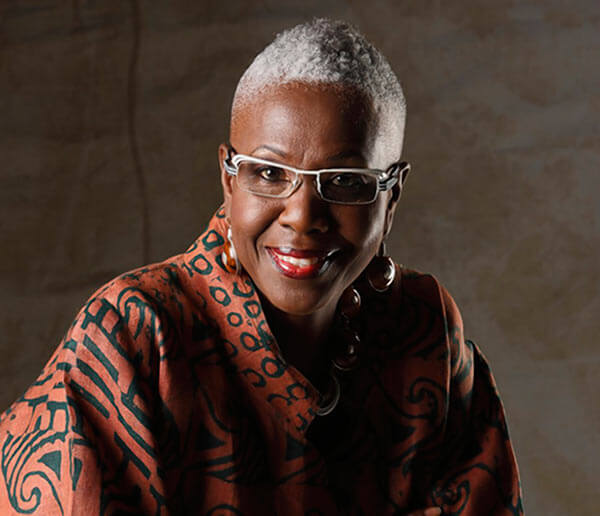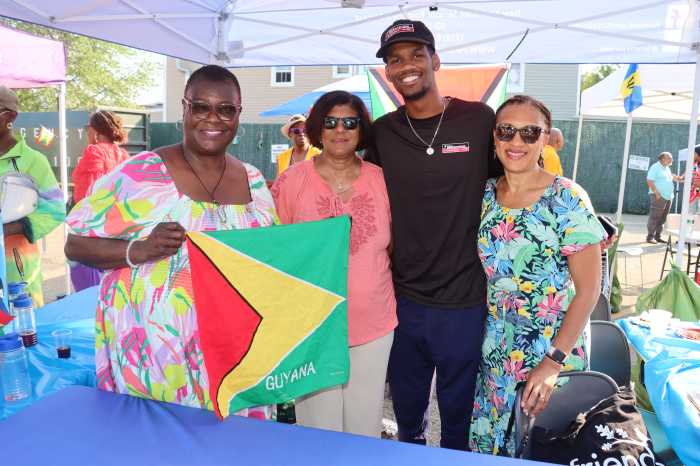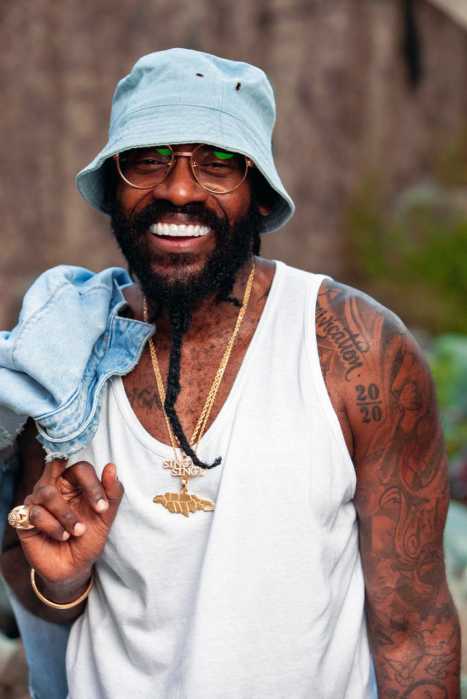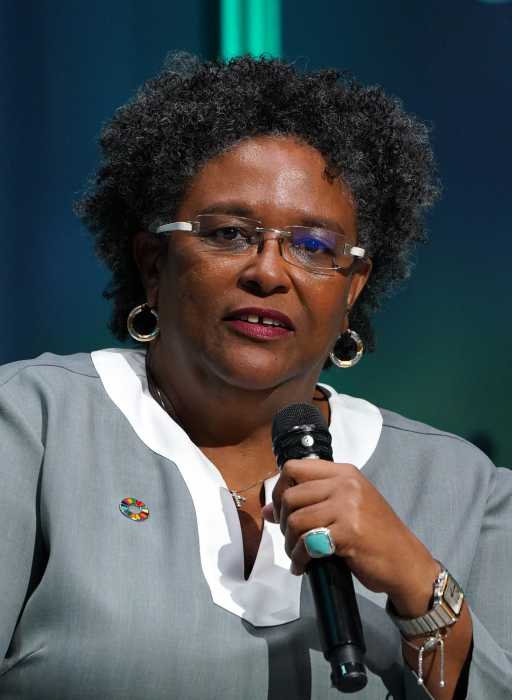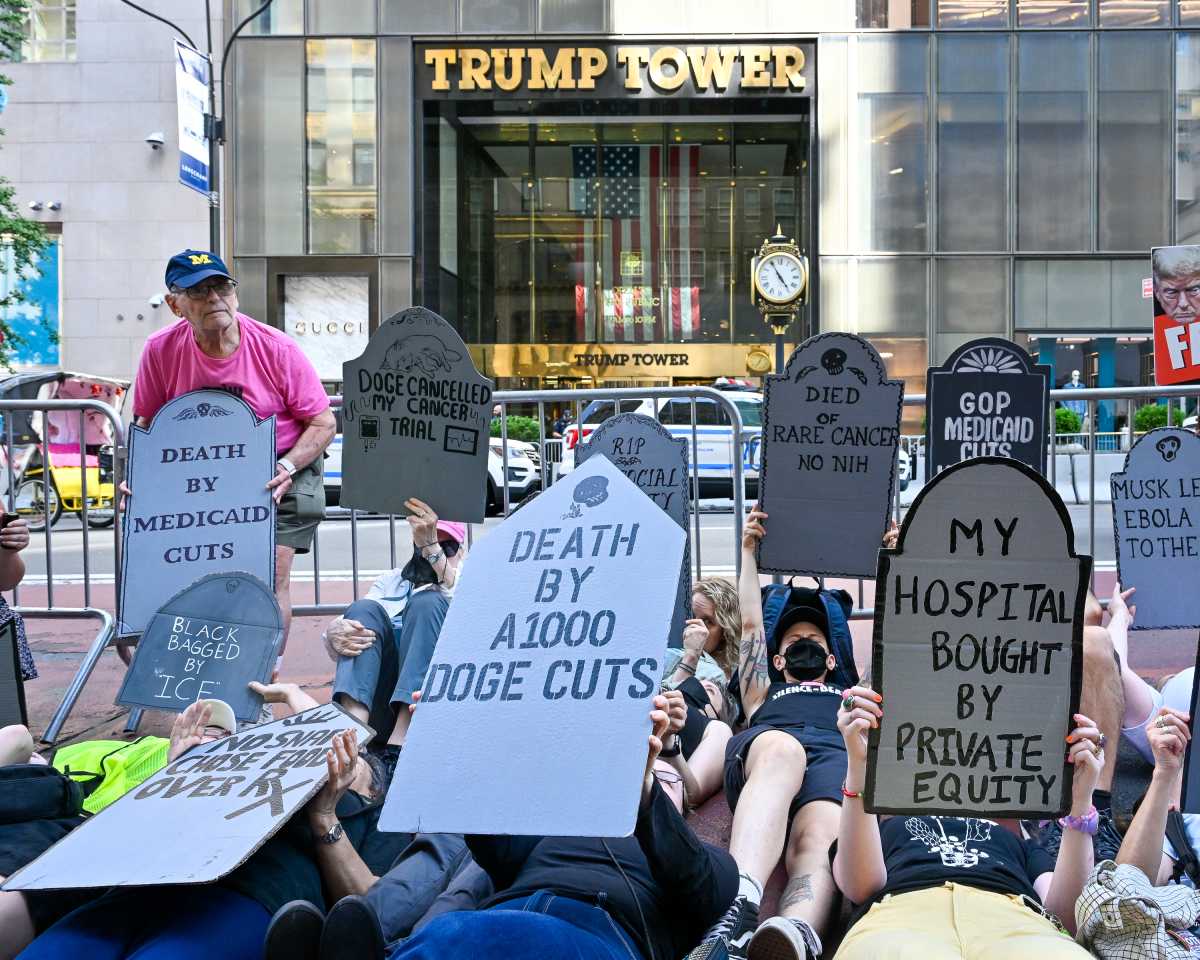A center for reparation research became a reality at the University of the West Indies in Kingston, Jamaica last week when the island’s prime minister and numerous government officials launched the Center for Reparations Research, a CARICOM mandated facility.
Endorsed and approved by heads of government of Caribbean member states during the 24th meeting July 2013, they developed a 10-point action plan to seek recompense from European colonizers that shipped Africans against their will to the Caribbean islands in order to exploit them by working them without pay on the sugar plantations from which they built prosperous economies and even empires.
Notwithstanding is the context of a slave trade that had irreparable consequences on the entire African population while proving to be an economic boon to the slave owners and their benefactors.
It is with those issues at the forefront of the united initiative that a 10-point plan for reparatory justice was approved to decide — Full Formal Apology, Repatriation, Indigenous Peoples Development Program, Cultural Institutions, Public Health Crisis, Illiteracy Eradication, African Knowledge Program, Psychological Rehabilitation, Technology Transfer and Debt Cancellation.
“The owners of today’s international banks and telecoms networks are the ideological heirs of the “old pirates” who continue to “rob I,” UWI Professor Dr. Carolyn Cooper said referencing lyrics from Bob Marley’s “Redemption Song.”
Cooper, a specialist on culture and development added that “trafficking of Africans was financed by capitalists who put profit far above any concern about the humanity of the ‘goods’ they were transporting.”
“That’s a lesson we simply cannot afford to forget.”
Last month marked the 65th anniversary of the signing of a $13.8-billion reparation agreement by West Germany to provide compensation and reimbursement to the Jewish people.
Victims of the Nazi inflicted holocaust, they were compensated for losses and suffering the German racists meted out to them.
“Unfortunately, we are not Jews and the former colonists not Germans who, incidentally, were not colonizers of Caribbean countries,” an editorial in the Jamaica Observer noted questioning the viability of the CRR.
The publication’s position was one of skepticism for the CRR but proposed “moreover, as the Caribbean islands are so tourism-dependent, those countries might be more easily persuaded to deepen disaster prevention and mitigation assistance to their present and former colonies as a way of reparation to Caribbean people living in these hurricane-ravaged territories to which we were brought by them.”
The center will serve as the official outlet to study how best to resolve the issue long debated by CARICOM nationals of how to engage a global reparatory justice movement “to respond to the terrible crimes against humanity that enslaved Africans endured.” Catch You on The Inside!
The initiative of establishing such a center emerged out of the need to support the movement and “build awareness, engage advocacy, and conduct research which will advance the claim to Europeans for various forms of reparation for native genocide, African enslavement, deceptive indentured service, colonialism and its legacies.”
The council of reparations is co-chaired by Verene Shepherd, professor of history, and Laleta Mattis Davis, chairman of the Jamaica National Heritage Trust. Shepherd will head the CRR.
Cooper suggested that in order to glean any viable results CARICOM should “swiftly take the case for reparation to the International Court of Justice.”
2-Star Nation Amass 5-Star Parade
Although the immigrant Panamanian community comprise less than a quarter of a million and is recorded to be the sixth-smallest Hispanic group in the United States and the second smallest Central American population, nationals boasting the two-star red, white and blue banner won kudos and ‘nuff respect for parading pride, culture, heritage and independence recently.
On a day when size mattered, thousands exceeded the anticipated 50,000 benchmark figure projected by the Day of Independence Committee Parade of New York organizers whose members have been at the forefront of presenting a separate and unique staging of their heritage for 22 years.
Claiming the second Saturday in October, this year, they managed to upstage the rain-drenched Hispanic Day and the Columbus Day parades. As if rewarded by the weather Gods, Panamanians received tropical-like sunshine, low humidity, seasonal temperatures and scores of supporters.
As in past years, marching bands, beauty queens, fraternal and folkloric groups, vendors, etc represented however, this year it seemed as if the vibe permeated throughout and dominated until the very last band of musicians known as Campesino Colon entered the triangle at Classon Ave. and Eastern Parkway.
Thousands reveled behind the folk drummers following to the very end at dusk.
Panamanians are one of the least visible Hispanic nationalities in the United States however, for this one day to display patriotism they travel from all parts of Canada, the USA and Panama.
They have never been shy about flaunting their national dress and adornments.
Conspicuous at the annual WIADCA in Brooklyn, the Hispanic Day Parade in Manhattan they annually provide alluring glances to flouncing polleras, bejeweled tembeleques and colorful embroidered molas unique to the cultural melting pot acclaimed as the narrow bridge of land that connects North and South America.
As a matter of fact due to their zealous participation, organizers of the Hispanic Day parade beseeched the contingent of Panamanians to limit their numbers of participants in this year’s parade.
“It is not the Panama parade, it is the Hispanic parade,” they were reportedly politely informed.
Geographically mapped by 51 miles, the Panama Canal forms a shortcut to North and South America. Three years ago, the Brooklyn parade commemorated 100 years of the diggers who flocked there from various islands of the West Indies to build the technological wonder which easily transports ocean liners from the Atlantic to the Pacific Oceans.
Also distinguished for being the first Spanish colony on the Pacific, Panama holds claim to being the winner of the first Olympic gold medal from Central America.
Long jumper Irving “Kangaroo” Saladino, won the men’s event in Beijing, China in 2008.
Colon-born Saladino was the special invited guest to the parade this year. Along with Urenna A. Best Gayle, who serves as director general of the national secretariat for growth and development of Afro-Panamanian heritage, they joined with grand marshalls Jose F. Francis and Shawndya Luisa Simpson to demonstrate pride in the isthmus.
Simpson, a Brooklyn, civil court judge and Francis who hosts the popular TV show “Rinconcito Panameno,” joined Victor Marshall, President of DICPNY, Mauricio Alleyne and Dorothy Small, co-founders of DICPNY and the very small team of 12 that surpassed every expectation by parading a violent-free, safe and perhaps the best example of pride in culture and independence in Brooklyn.
Unequivocally, Panamanians can claim the prize for putting on the best show reflecting a blend of African, Native American, North American and Spanish influences.
Had Panama-born Republican John McCain attended, he too might have expressed appreciation of the pride of his birth in the two-star state.
Catch You on The Inside!


